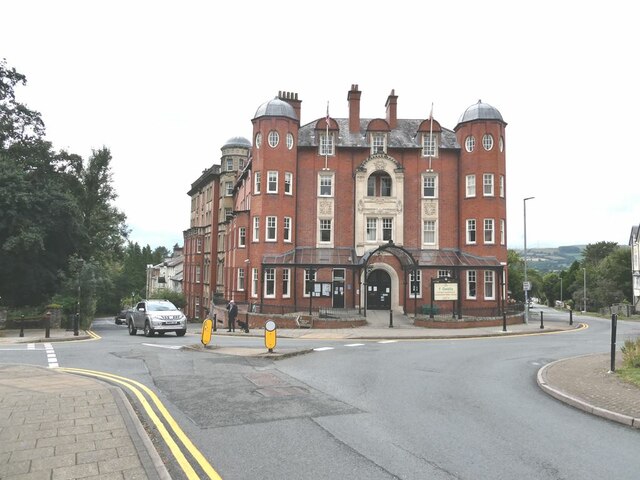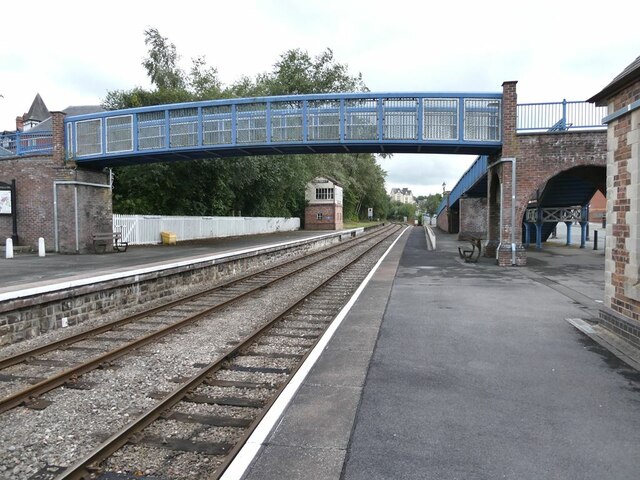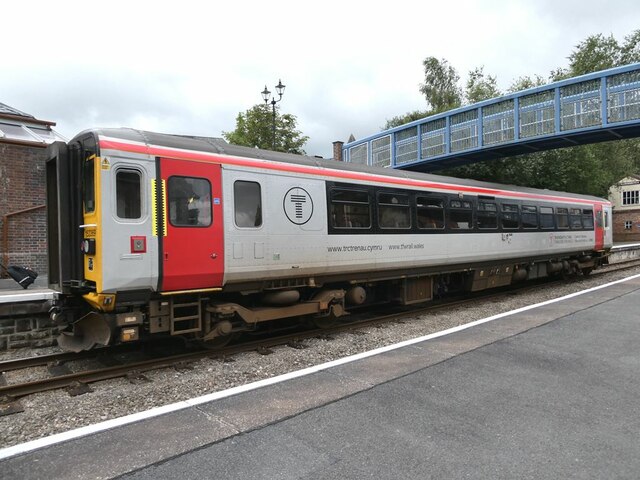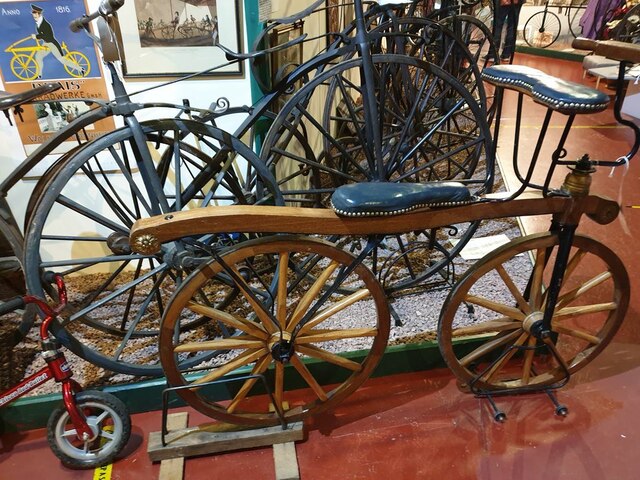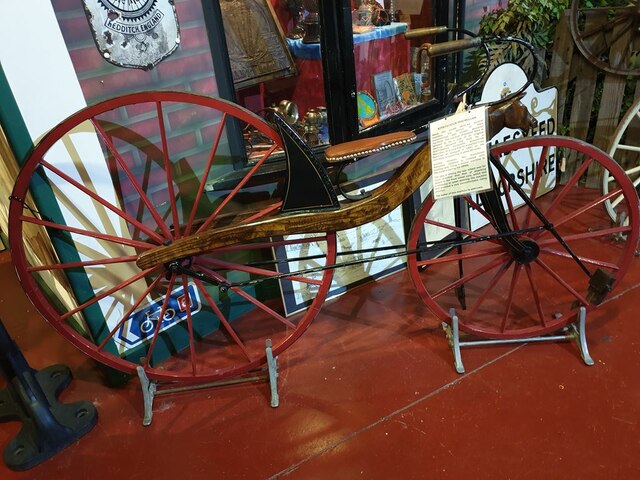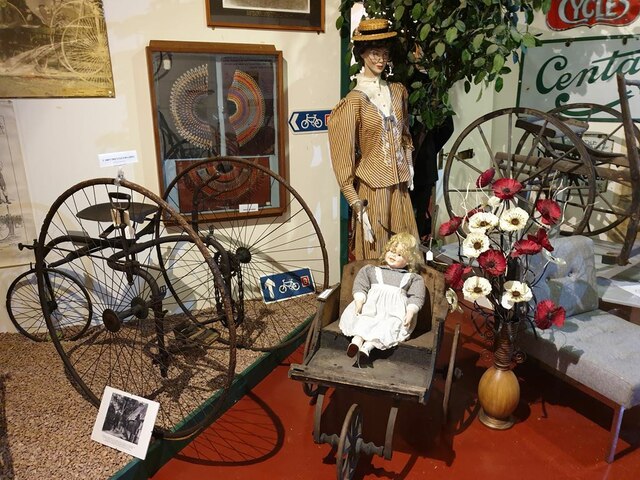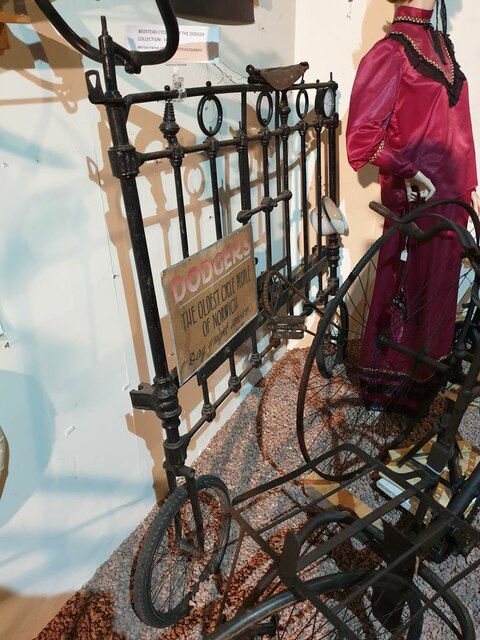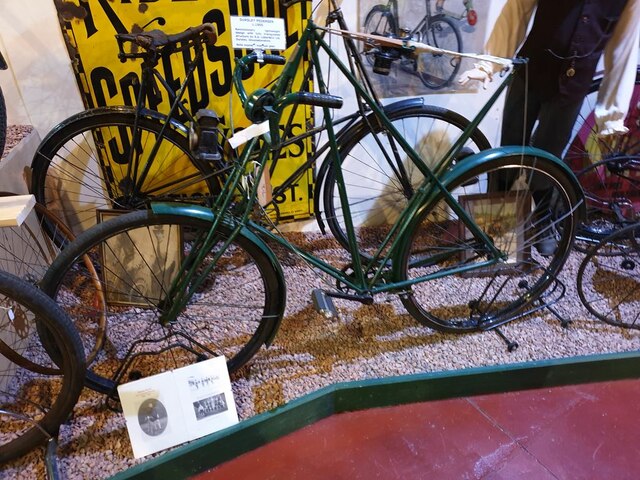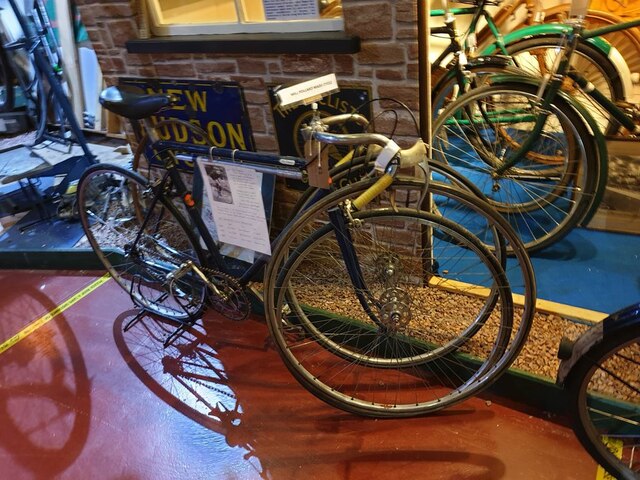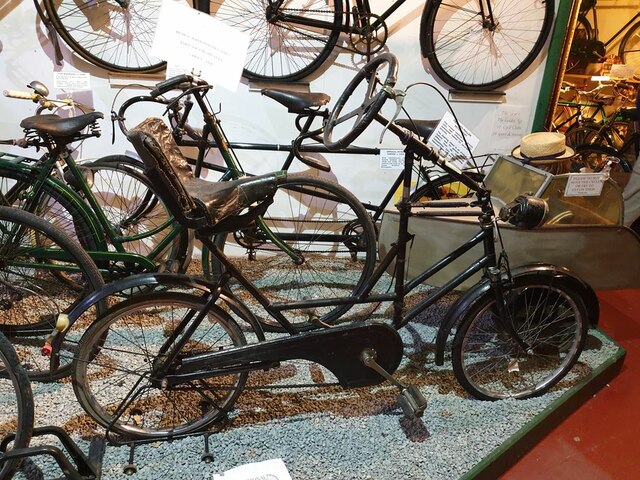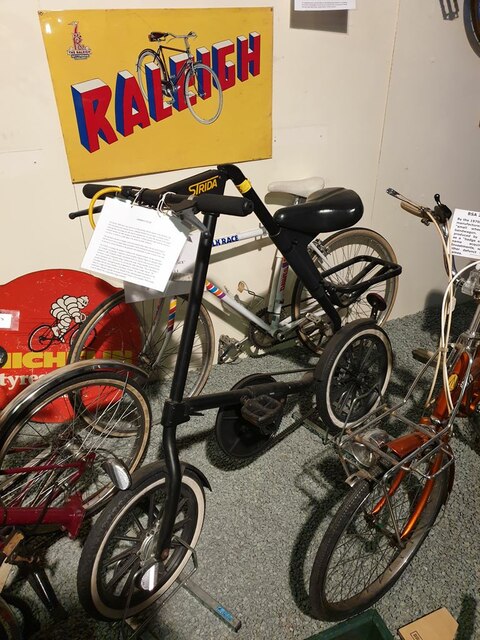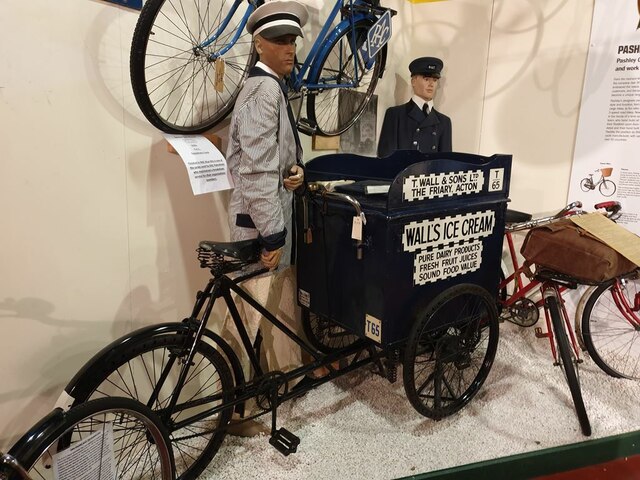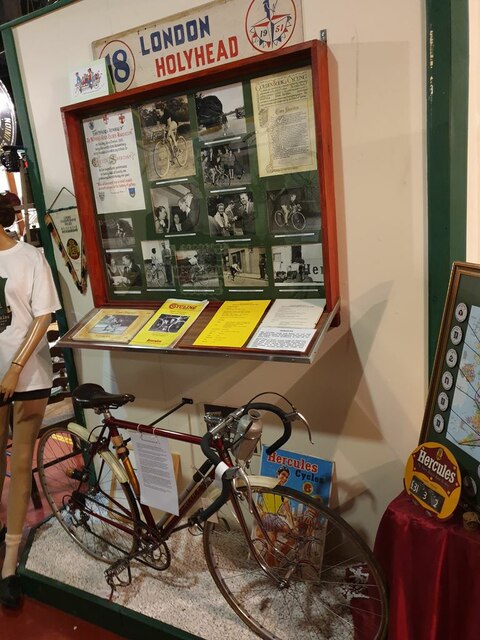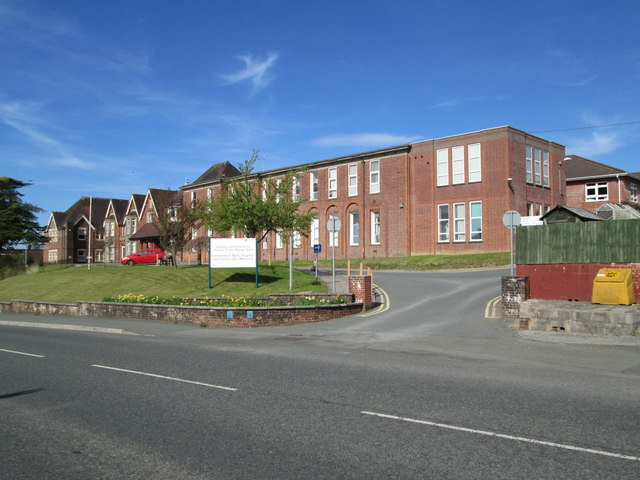Castell Collen
Heritage Site in Radnorshire
Wales
Castell Collen
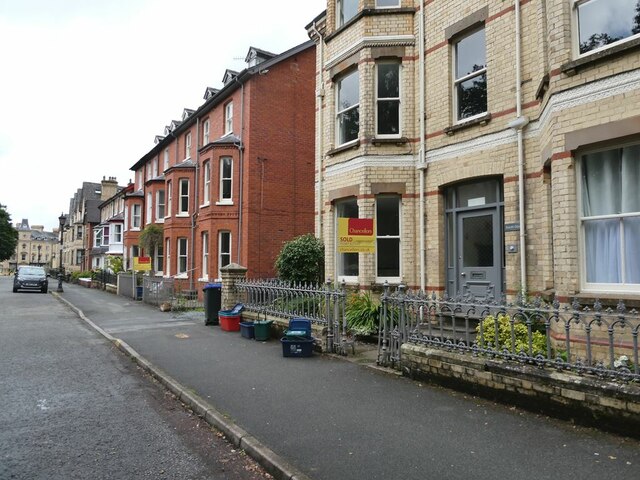
Castell Collen is a historic site located in Radnorshire, Wales. It is an ancient hillfort that dates back to the Iron Age, making it a significant archaeological and historical site. The hillfort is situated on a hilltop overlooking the stunning countryside, offering breathtaking views of the surrounding landscape.
The site is believed to have been occupied between the 3rd century BC and the 1st century AD. It consists of an oval-shaped enclosure, measuring approximately 300 meters in length and 250 meters in width. The fort is surrounded by impressive earthworks, including ramparts and ditches, which would have provided a strong defense for its inhabitants.
Excavations at Castell Collen have revealed various artifacts, including pottery, coins, and iron tools, providing valuable insights into the daily life and activities of the ancient residents. The remains of roundhouses and storage pits have also been discovered, indicating that the site was once a thriving settlement.
Today, Castell Collen is open to the public and attracts visitors interested in exploring its rich history and enjoying the picturesque surroundings. The site offers walking trails that allow visitors to explore the fort’s impressive earthworks and learn about its ancient past. Interpretive panels and information boards provide detailed explanations about the site's significance and its importance in Welsh history.
Castell Collen is not only a fascinating archaeological site but also a place of natural beauty, offering visitors a chance to immerse themselves in the breathtaking Welsh countryside while delving into the mysteries of the past.
If you have any feedback on the listing, please let us know in the comments section below.
Castell Collen Images
Images are sourced within 2km of 52.252/-3.385 or Grid Reference SO0562. Thanks to Geograph Open Source API. All images are credited.
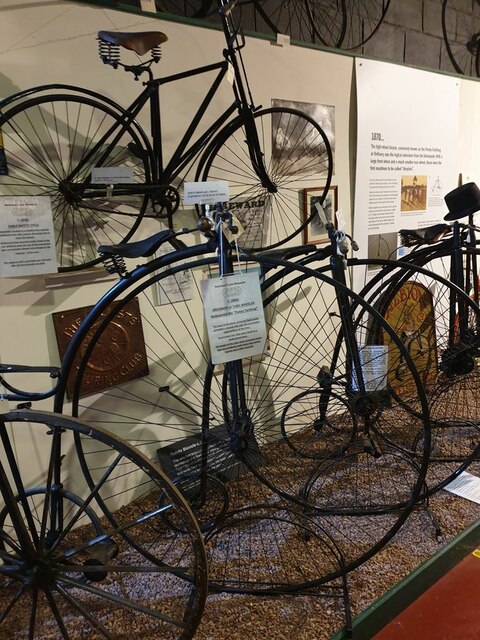
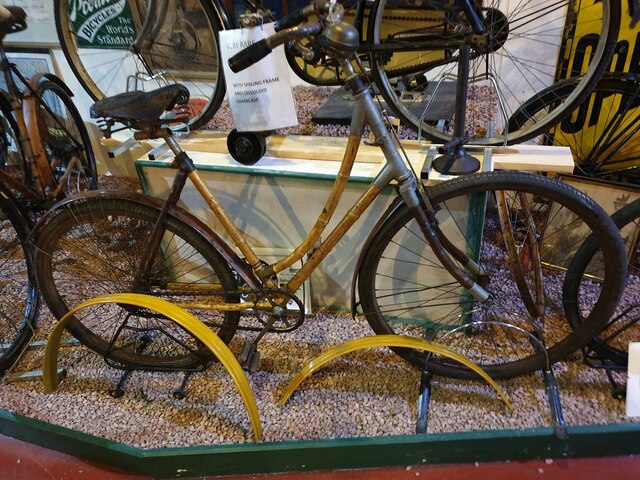
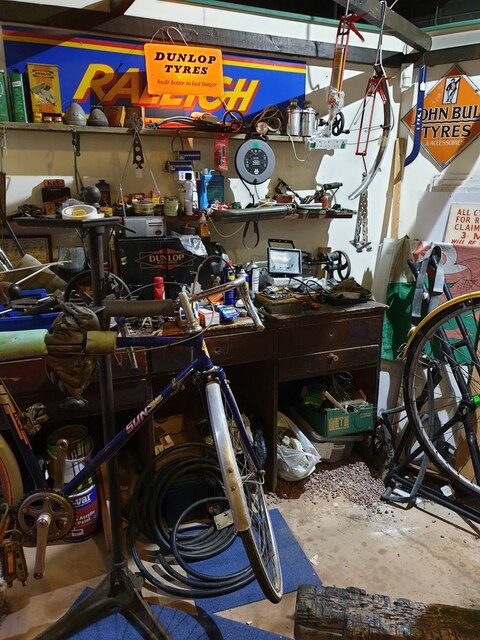
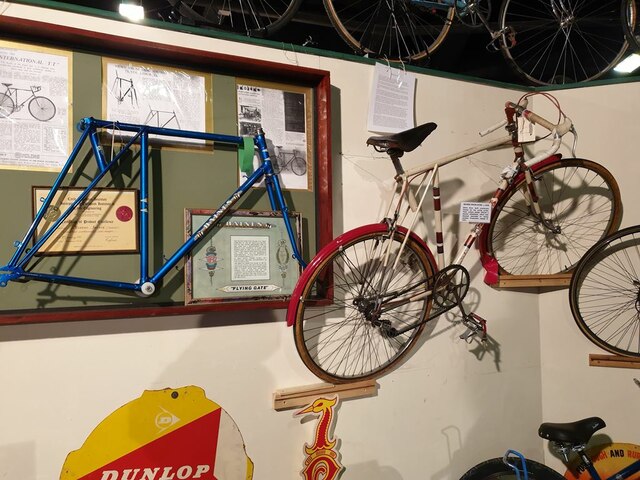
Castell Collen is located at Grid Ref: SO0562 (Lat: 52.252, Lng: -3.385)
Unitary Authority: Powys
Police Authority: Dyfed Powys
What 3 Words
///cools.hems.mocking. Near Llandrindod Wells, Powys
Nearby Locations
Related Wikis
Powys Archives
Powys Archives (Welsh: Archifau Powys) is the official archive repository for the county of Powys. Located in Llandrindod Wells, the archive is responsible...
Llanyre
Llanyre (Welsh: Llanllŷr) is a village and electoral ward in Radnorshire, Powys, Wales. The community had a population of 1,061 in 2001, increasing to...
Llandrindod Wells
Llandrindod Wells ( local pronunciation: [ɬænˌdrɪndɒd-]; Welsh: Llandrindod, pronounced [ɬanˈdɾindɔd] lit. "Trinity Parish"), sometimes known colloquially...
Llandrindod Wells County War Memorial Hospital
Llandrindod Wells County War Memorial Hospital (Welsh: Ysbyty Coffa Rhyfel Sir Llandrindod Wells) is a health facility in Temple Street, Llandrindod Wells...
Nearby Amenities
Located within 500m of 52.252,-3.385Have you been to Castell Collen ?
Leave your review of Castell Collen below (or comments, questions and feedback).
